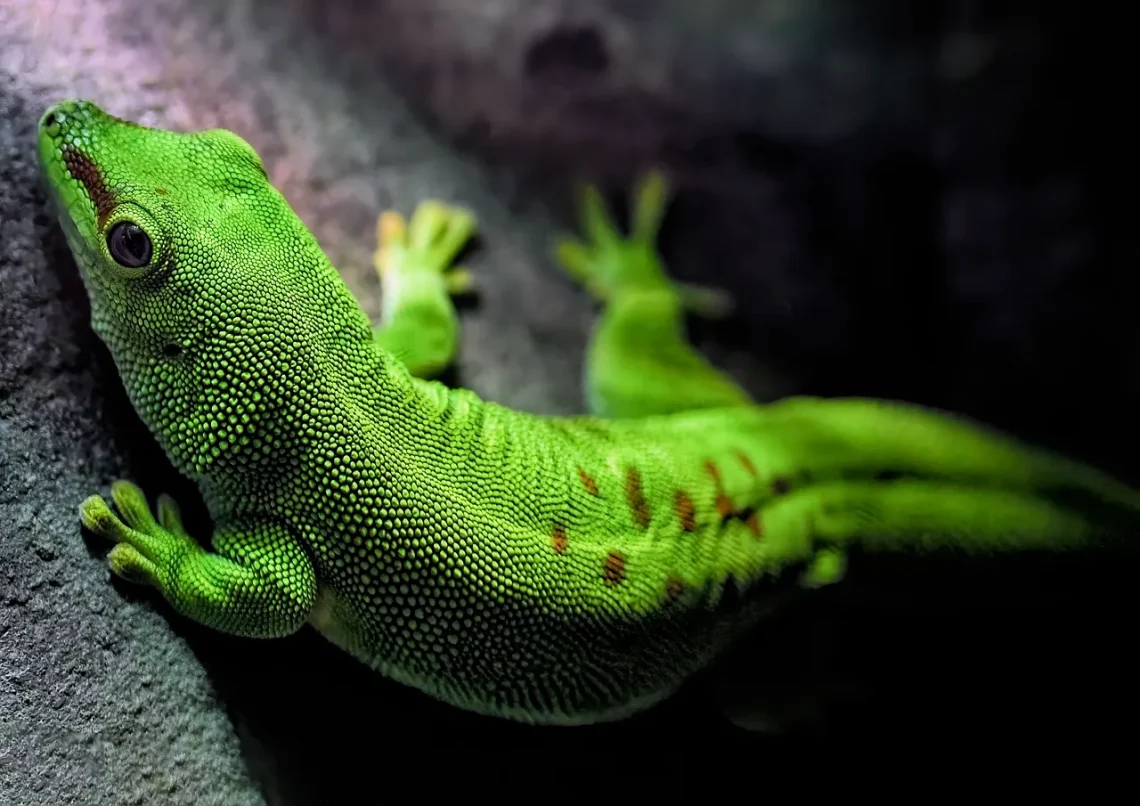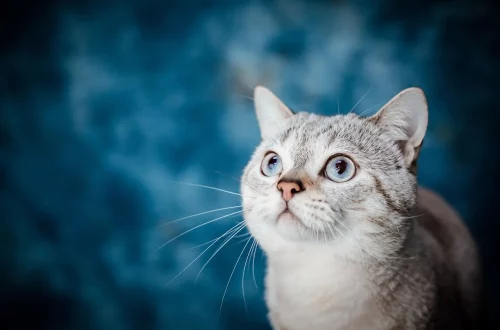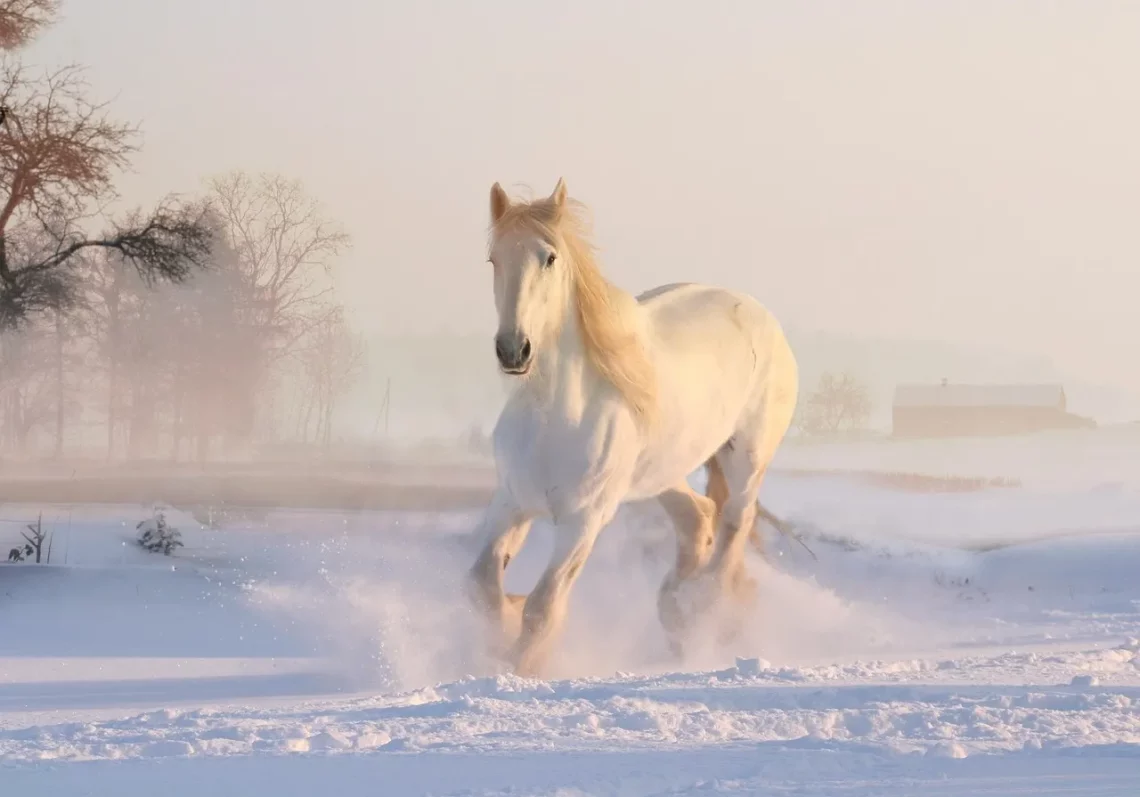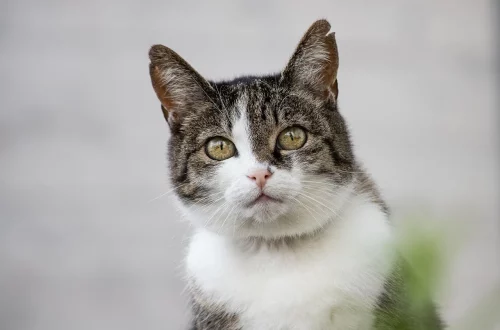-
The Fascinating World of Creatures That Often Have Multiple Horns
In the vast tapestry of life on Earth, creatures with horns stand out as some of the most intriguing members of the animal kingdom. These appendages, often associated with strength and dominance, come in various forms and sizes, serving different purposes beyond mere ornamentation. From the majestic bighorn sheep to the enigmatic unicorns of myth and folklore, horns have captured human imagination for centuries, symbolizing power, beauty, and mystery. The evolutionary significance of horns is as diverse as the species that possess them. While many think of horns as a tool for defense or display, they also play crucial roles in mating rituals, territorial disputes, and more. In some species,…
-
How Marbled Gecko Catches Prey: Secrets of Its Hunting Technique
The world of reptiles is filled with fascinating adaptations and survival strategies, with each species showcasing unique methods of hunting and feeding. Among these remarkable creatures, the marbled gecko stands out for its extraordinary approach to capturing prey. This small lizard, native to various regions, employs a combination of stealth, agility, and keen sensory perception to hunt effectively. Understanding how the marbled gecko operates can provide valuable insights into its ecological role and the evolutionary pressures it faces in its environment. Geckos, in general, are known for their remarkable ability to adapt to a variety of habitats, from tropical rainforests to arid deserts. The marbled gecko, with its distinctive coloration…
-
Can Rabbits See in the Dark? Understanding Their Night Vision能力
Rabbits are fascinating creatures that have captured the hearts of many pet owners and nature enthusiasts alike. These small mammals possess a unique set of adaptations that help them thrive in their natural habitats. One of the most intriguing aspects of a rabbit’s biology is its eyesight. Unlike humans, rabbits have a very different visual perception that plays a crucial role in their survival. They are prey animals, and their vision is adapted to detect predators efficiently. A rabbit’s eyes are positioned on the sides of its head, allowing for a nearly panoramic view of its surroundings. This adaptation is essential for spotting potential threats from various angles while minimizing…
-
Can Rabbits See in the Dark? Understanding Their Night Vision Capabilities
Rabbits are fascinating creatures, known for their playful nature and distinctive physical features. Among their many intriguing traits, one of the most captivating is their vision. While humans rely on a combination of daylight and artificial lighting to see, many animals have adapted to different visual capabilities that suit their environments. Rabbits, as prey animals, have developed unique adaptations that allow them to navigate their surroundings, even in low-light conditions. The eyes of a rabbit are positioned on the sides of their head, providing them with a wide field of vision. This anatomical feature is crucial for spotting potential predators, but it also raises questions about how well they can…
-
The Fascinating World of Transparent Freshwater Worms Explained
The world of transparent freshwater worms offers a captivating glimpse into a hidden ecosystem that thrives beneath the surface of lakes, rivers, and ponds. These elusive creatures, often overlooked due to their small size and delicate appearance, play a crucial role in maintaining the health of aquatic environments. Their transparent bodies allow them to blend seamlessly with their surroundings, providing both protection from predators and a unique opportunity for scientists and nature enthusiasts to study their behavior and biology. Freshwater worms, belonging to various families and genera, exhibit a remarkable range of adaptations that enable them to survive in diverse habitats. From their feeding mechanisms to their reproductive strategies, these…
-
The Fascinating World of Hairless Horses and Their Unique Traits
The world of horses is as diverse as it is captivating, showcasing a variety of breeds and characteristics that have evolved over centuries. Amidst this rich tapestry of equine life lies a unique group of horses known for their distinctive hairless appearance. While most people associate horses with their flowing manes and tails, hairless horses present a fascinating deviation from the norm. These remarkable animals challenge our understanding of equine beauty and functionality, stirring curiosity and intrigue among horse enthusiasts and casual observers alike. Hairlessness in horses is not merely an aesthetic anomaly; it often reflects deeper genetic traits and adaptations that can reveal much about horse breeding and the…
-
The Fascinating World of the Hairless Horse: Nature’s Unique Marvel
The hairless horse, a remarkable specimen of nature, captivates the imagination of both equine enthusiasts and casual observers alike. Unlike its traditionally furry counterparts, this unique breed showcases a striking appearance that raises questions about genetics, adaptation, and the evolutionary quirks of the animal kingdom. The hairless horse, often seen as a marvel of natural selection, has a history steeped in mystery and intrigue. The distinct lack of hair not only contributes to its unusual appearance but also serves as a fascinating subject for scientific study. As we delve deeper into the world of the hairless horse, we uncover the underlying genetic factors that contribute to this rare trait. The…



























